In 2023, Humboldt High School received funds from the ICTM Extra Curricular Grant to purchase board games for their game club. Read about the impact of the grant on their students...

The Wildcat Warriors Game Club and Teacher Sponsors
The grant allowed for the purchase of 8 different board / card games for classroom and board game club usage. We chose a variety of games to allow for students to participate in different manners. The games consisted of a cooperative (Magic Maze, up to 8 players), head to head (Battleline, 2 player) other games with 2 to at least 4 players (Arboretum, Stone Age and Kingdomino). Enter the Spudnet and Battle Chips with 2-6 players. No thanks! is a card game for 3-7 players. All of the games are relatively easy to learn and have varying degrees of strategic thinking. By participating in these games, students have an opportunity to be involved in a cognitively demanding and interesting game. There is also mathematical computation and geometrical thinking in many of the games listed. Problem solving skills are developed throughout the gaming process. A social component is gained by interacting with other participants.
The purpose of the club and using board games in the classroom are as follows:
- The board and / or card games allow players to create strategies and become competent and confident in choosing those strategies.
- The club fills a unique niche for our student body. The board game club provides an opportunity for its members to be involved in a school sanctioned activity that fits well with their own personal identities and passions
- All grade levels are able to participate in the games.
- This practice of playing games is cognitively demanding and interesting to many students. There is also mathematical computation and geometrical thinking in many of the games listed. Problem solving skills are developed throughout the gaming process. There is also a social component that is gained by interacting with other people playing games.
Since purchasing the games, we have played one of them in the Introduction to Computer Science class. It is called Battle Chips by Codomo, a 2 to 6 player game. It integrates the idea and / or language of computer science. Functions, Algorithms, Failure Conditions, Programming Bugs, For Loops, While Loops, Nested Loops, Variables, Boolean Statements and 10 other Computer Science related commands are included in game play. As students played the game, they would recognize the terms learned from their programming and applied them to the game play.

Board Games Purchased with Grant Funds
After playing the game, we asked the players what they thought about the game:
Liked: “The intensity of the point system.” “Great game, thinking about buying it myself.” “A lot of elements to think about.” “Made teams to attack other players that were in the lead.” “Applied strategies and attacks against others.” “I liked the complexity and the several outcomes to the cards.”
Disliked: “Setup took some time.” “It was slow.” “Easily ganged up on.” “Initially it was hard to understand instructions.”
Interaction with other players: “Could make teams against other players.” “We zapped each other.” “Attacked and made strategies against each other.” “I teamed up with two other players and I really enjoyed stealing other players' cards.”
We will continue to use the Battle Chips game in the Introduction to Computer Science class.
We also teach a Math Topics class that encourages problem solving skills. We have incorporated games into the curriculum. They have been used to encourage logic, geometrical and strategic thinking. We have played No Thanks! multiple times. It is a card game designed to be as simple and engaging.
The rules are simple. Each turn, players have two options:
- play one of their chips to avoid picking up the current face-up card
- pick up the face-up card (along with any chips that have already been played on that card) and turn over the next card
However, the choices aren't so easy as players compete to have the lowest score at the end of the game. The deck of cards is numbered from 3 to 35, with each card counting for a number of points equal to its face value. Runs of two or more cards only count as the lowest value in the run - but nine cards are removed from the deck before starting, so be careful looking for connectors. Each chip is worth -1 point, but they can be even more valuable by allowing you to avoid drawing that unwanted card.
We have also played Ticket to Ride, Settlers of Catan and Coup in the Math Topics class.
There are currently two teacher sponsors and five to ten students that attend the club twice a week after school from 3:30 to 5:30. This is our fourth year meeting as a club. We were also able to join a board game organization called TableTop Alliance. They are a nationwide organization that provides games for nonprofit game clubs. After becoming part of the organization, they donated $500 worth of boardgames. If there is interest in forming a game club or using games in the classroom feel free to contact me at plauger@humboldt.k12.ia.us If other school districts have a game club, maybe we could join together for a tournament or game day.
Submitted by Chandra McMahon on behalf of Humboldt High School Mathematics Instructors
